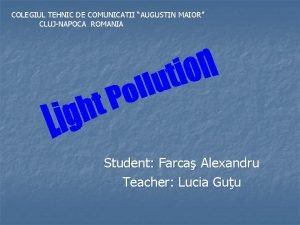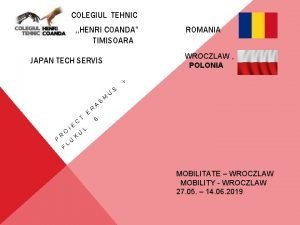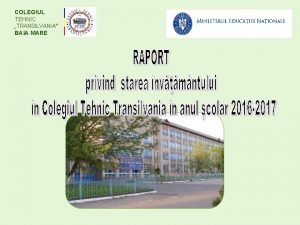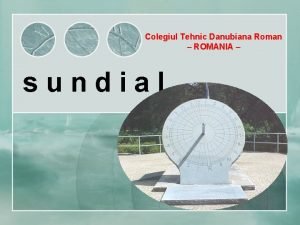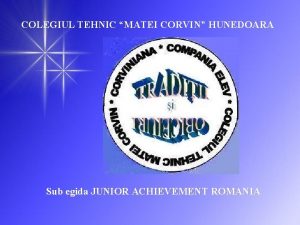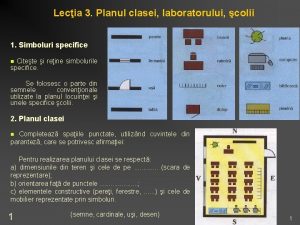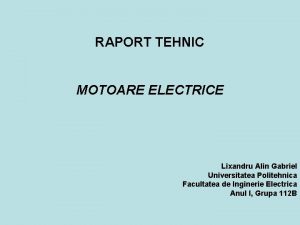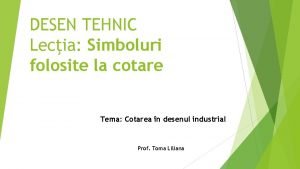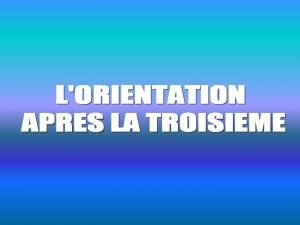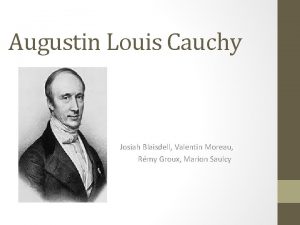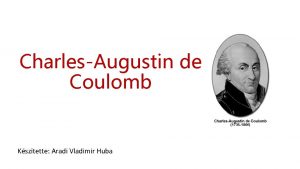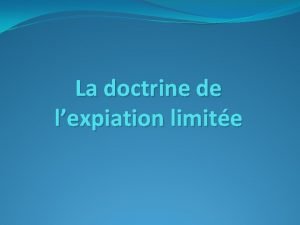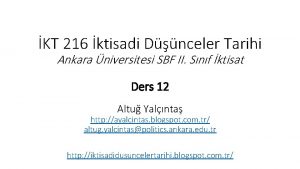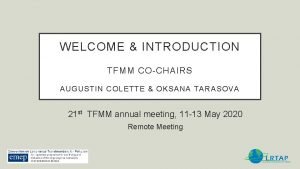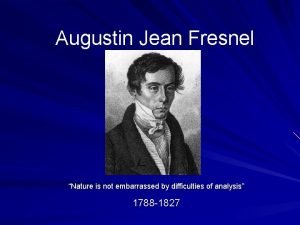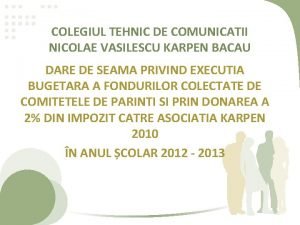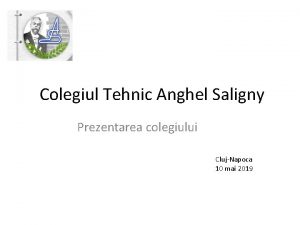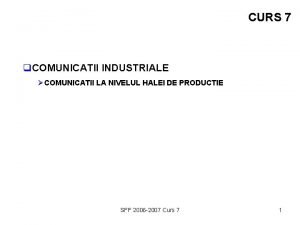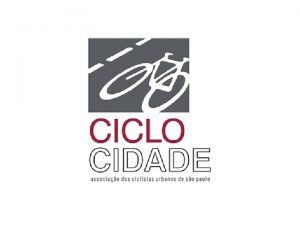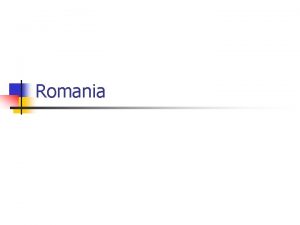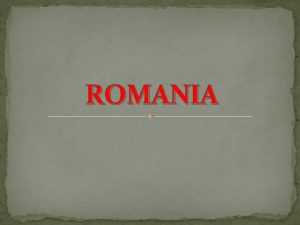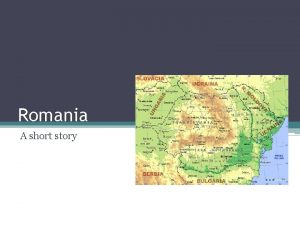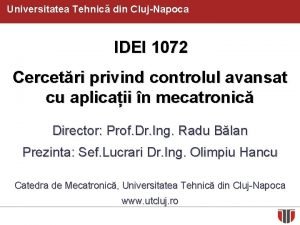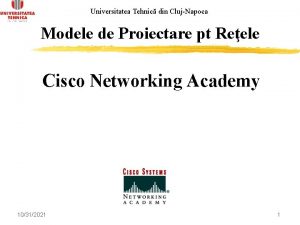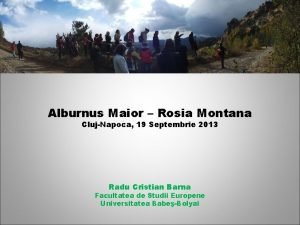COLEGIUL TEHNIC DE COMUNICATII AUGUSTIN MAIOR CLUJNAPOCA ROMANIA























- Slides: 23

COLEGIUL TEHNIC DE COMUNICATII “AUGUSTIN MAIOR” CLUJ-NAPOCA ROMANIA Student: Farcaş Alexandru Teacher: Lucia Guţu

n I tried to do a comparison of public lighting in different geographical areas of latitude and longitude located on Earth Los Anglels Las Vegas

n I have proposed a questionnaire, a kind of multiple choice for people (and students) which were distributed them, and we saw how they can reduce light pollution, their ideas and start to think and raise awareness about light pollution and the first steps taken by them.

A night in Cluj-Napoca

This two pictures are made in 2004 and 2005 in Cluj-Napoca downtown. Slow light pollution in this city is increasingly visible. it is situated parallel 46. 46 'north latitude and the meridian of 23. 36' east longitude.

n n Light pollution, also known as photopollution or luminous pollution, is excessive or obtrusive artificial light. The International Dark-Sky Association (IDA), "The Light Pollution Authority, " defines light pollution as: “Any adverse effect of artificial light including sky glow, glare, light trespass, light clutter, decreased visibility at night, and energy waste. ”

n Light pollution is a side effect of industrial civilization. Its sources include building exterior and interior lighting, advertising, commercial properties, offices, factories, streetlights, and illuminated sporting venues. It is most severe in highly industrialized, densely populated areas of North America, Europe, and Japan and in major cities in the Middle East and North Africa like Cairo, but even relatively small amounts of light can be noticed and create problems. Like other forms of pollution (such as air, water, and noise pollution) light pollution causes damage to the environment.

n n n It obscures the stars in the night sky for city dwellers, interferes with astronomical observatories, and, like any other form of pollution, disrupts ecosystems and has adverse health effects. Light pollution can be divided into two main types: 1) Annoying light that intrudes on an otherwise natural or low-light setting 2) Excessive light (generally indoors) that leads to discomfort and adverse health effects. Since the early 1980 s, a global darksky movement has emerged, with concerned people campaigning to reduce the amount of light pollution.

n Since not everyone is irritated by the same lighting sources, it is common for one person's light "pollution" to be light that is desirable for another. One example of this is found in advertising, when an advertiser wishes for particular lights to be bright and visible, even though others find them annoying. Other types of light pollution are more certain. For instance, light that accidentally crosses a property boundary and annoys a neighbor is generally wasted and pollutive light.

n Where objective measurement is desired, light levels can be quantified by field measurement or mathematical modeling, with results typically displayed as an isophote map or light contour map. Authorities have also taken a variety of measures for dealing with light pollution, depending on the interests, beliefs and understandings of the society involved.

Types n Light pollution is a broad term that refers to multiple problems, all of which are caused by inefficient, unappealing, or (arguably) unnecessary use of artificial light. Specific categories of light pollution include light trespass, over-illumination, glare, light clutter, and sky glow. A single offending light source often falls into more than one of these categories.

Light trespass n Light trespass occurs when unwanted light enters one's property, for instance, by shining over a neighbor's fence. A common light trespass problem occurs when a strong light enters the window of one's home from the outside, causing problems such as sleep deprivation or the blocking of an evening view.

Over-illumination n Over-illumination is the excessive use of light. Specifically within the United States, over-illumination is responsible for approximately two million barrels of oil per day in energy wasted. This is based upon U. S. consumption of equivalent of 50 million barrels per day (7, 900, 000 m 3/d) of petroleum. It is further noted in the same U. S. Department of Energy source that over 30 percent of all energy is consumed by commercial, industrial and residential sectors. Energy audits of existing buildings demonstrate that the lighting component of residential, commercial and industrial uses consumes about 20 to 40 percent of those land uses, variable with region and land use. (Residential use lighting consumes only 10 to 30 percent of the energy bill while commercial buildings major use is lighting. ) Thus lighting energy accounts for about four or five million barrels of oil (equivalent) per day. Again energy audit data demonstrates that about 30 to 60 percent of energy consumed in lighting is unneeded or gratuitous.

Glare n n Glare can be categorized into different types. One such classification is described in a book by Bob Mizon, coordinator for the British Astronomical Association's Campaign for Dark Skies. According to this classification: Blinding glare describes effects such as that caused by staring into the Sun. It is completely blinding and leaves temporary or permanent vision deficiencies. Disability glare describes effects such as being blinded by oncoming car lights, or light scattering in fog or in the eye, reducing contrast, as well as reflections from print and other dark areas that render them bright, with significant reduction in sight capabilities. Discomfort glare does not typically cause a dangerous situation in itself, though it is annoying and irritating at best. It can potentially cause fatigue if experienced over extended periods.

Light clutter n n Light clutter refers to excessive groupings of lights. Groupings of lights may generate confusion, distract from obstacles (including those that they may be intended to illuminate), and potentially cause accidents. Clutter is particularly noticeable on roads where the street lights are badly designed, or where brightly lit advertising surrounds the roadways. Depending on the motives of the person or organization who installed the lights, their placement and design may even be intended to distract drivers, and can contribute to accidents. Clutter may also present a hazard in the aviation environment if aviation safety lighting must compete for pilot attention with non-relevant lighting. For instance, runway lighting may be confused with an array of suburban commercial lighting and aircraft collision avoidance lights may be confused with ground lights.

Skyglow n Skyglow refers to the "glow" effect that can be seen over populated areas. It is the combination of all light reflected from what it has illuminated escaping up into the sky and from all of the badly directed light in that area that also escapes into the sky, being scattered (redirected) by the atmosphere back toward the ground. This scattering is very strongly related to the wavelength of the light when the air is very clear (with very little aerosols). Rayleigh scattering dominates in such clear air, making the sky appear blue in the daytime. When there is significant aerosol (typical of most modern polluted conditions), the scattered light has less dependence on wavelength, making a whiter daytime sky. Because of this Rayleigh effect, and because of the eye's increased sensitivity to white or blue-rich light sources when adapted to very low light levels (see Purkinje effect), white or blue-rich light contributes significantly more to sky-glow than an equal amount of yellow light. Sky glow is of particular irritation to astronomers, because it reduces contrast in the night sky to the extent where it may even become impossible to see any but the brightest stars.

Effect on astronomy n Skyglow reduces the contrast between stars and galaxies in the sky and the sky itself, making it more difficult to detect fainter objects. This is one factor that has caused newer telescopes to be built in increasingly remote areas. Some astronomers use narrow-band "nebula filters" which only allow specific wavelengths of light commonly seen in nebulae, or broad-band "light pollution filters" which are designed to reduce (but not eliminate) the effects of light pollution by filtering out spectral lines commonly emitted by sodium- and mercury-vapor lamps, thus enhancing contrast and improving the view of dim objects such as galaxies and nebulae. Unfortunately this affects color perception, so these filters cannot be used to visually estimate variable star brightness, and no filter can match the effectiveness of a dark sky for visual or photographic purposes. Due to low surface brightness, the visibility of diffuse sky objects such as nebulae and galaxies is affected by light pollution more than are stars. A simple method for estimating the darkness of a location is to look for the Milky Way.

n n n The Bortle Dark-Sky Scale, originally published in Sky & Telescope magazine, is sometimes used to quantify sky glow and general sky clarity. The Bortle Scale rates the darkness of the sky and the visibility of night sky phenomena such as the gegenschein and the zodiacal band, easily masked by sky glow, on a scale of one to nine, providing a detailed description of each step on the scale. Light is particularly problematic for amateur astronomers, whose ability to observe the night sky from their property is likely to be inhibited by any stray light from nearby. Most major optical astronomical observatories are surrounded by zones of strictly-enforced restrictions on light emissions. "Direct" sky glow can be reduced by selecting lighting fixtures which limit the amount of light emitted more than 90 degrees above the nadir. The IESNA definitions include full cutoff (0%), cutoff (2. 5%), and semi-cutoff (5%). "Indirect" skyglow produced by reflections from vertical and horizontal surfaces is harder to manage; the only effective method for preventing it is by minimizing over-illumination.

These photos show approximately the same area of the sky; one was taken from a dark sky site and one was taken from outside a small city (Springfield, MA)

Disruption of ecosystems n Light pollution poses a serious threat to wildlife, because this kind of pollution is having a negative impact on plant and animal physiology. It can confuse the navigation of the animals, change the relation between predator and prey. The rhythm of life is orchestrated by the natural diurnal patterns of light and dark, so disruption to these patterns impacts the ecological dynamics

Reduction n n n Reducing light pollution implies many things, such as reducing sky glow, reducing glare, reducing light trespass, and reducing clutter. The method for best reducing light pollution, therefore, depends on exactly what the problem is in any given instance. Possible solutions include: Utilizing light sources of minimum intensity necessary to accomplish the light's purpose. Turning lights off using a timer or occupancy sensor or manually when not needed. Improving lighting fixtures, so that they direct their light more accurately towards where it is needed, and with less side effects. Adjusting the type of lights used, so that the light waves emitted are those that are less likely to cause severe light pollution problems. Evaluating existing lighting plans, and re-designing some or all of the plans depending on whether existing light is actually nee

Questionnaire. Multiple choice. 1)How can we save energy? a) To keep the house lights high power b) To keep the house lights low capacity 2) Light pollution prevents us to see all the stars at night: a) Yes. As a result of light pollution is skyglow. b) No. The light pollution is good for astronomy. c) I dont know.

3) What is light pollution: a) is something that should not concern us. b) is excessive or obtrusive artificial light. c) is water pollution. 4) Light clutter refers to: a) excessive groupings of lights b) the "glow" effect that can be seen over populated areas c) the excessive use of light Answers: 1) b 2) a 3) b 4) a
 Tiberiu maior cluj
Tiberiu maior cluj Liceul coanda timisoara
Liceul coanda timisoara Liceul 1 baia mare
Liceul 1 baia mare Colegiul tehnic danubiana roman
Colegiul tehnic danubiana roman Colegiul tehnic matei corvin hunedoara
Colegiul tehnic matei corvin hunedoara Liceul augustin maior cluj
Liceul augustin maior cluj Planul clasei desen
Planul clasei desen Marti tehnic
Marti tehnic Elementele cotarii
Elementele cotarii Raport tehnic
Raport tehnic Desen tehnic simboluri
Desen tehnic simboluri Mrunt
Mrunt Collège augustin malroux
Collège augustin malroux Chris augustin
Chris augustin Tom augustin
Tom augustin Chris augustin
Chris augustin Augustin louis cauchy
Augustin louis cauchy Coulomb munkássága
Coulomb munkássága Aurelius augustin
Aurelius augustin Antoine augustin cournot
Antoine augustin cournot Augustin colette
Augustin colette Swot michel et augustin 2020
Swot michel et augustin 2020 Augustin-jean fresnel siblings
Augustin-jean fresnel siblings Koszti tamás
Koszti tamás
